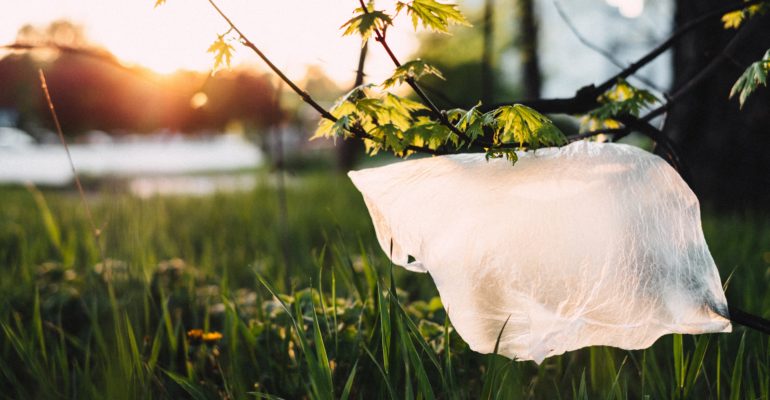A blog by Janet Hall Schempf SI Anchorage on Cook Inlet, Alaska, USA
“The United Nation’s High-Level Political Forum on Sustainable Development (HLPF) is meeting this month to discuss progress towards Sustainable Development Goals. Over the course of the two-week meeting, the topic of ‘plastics’ is considered from many angles, including public health and air, land, and water quality, especially as related to five specific goals:
- Goal 6. Ensure availability and sustainable management of water and sanitation for all
- Goal 7. Ensure access to affordable, reliable, sustainable and modern energy for all
- Goal 11. Make cities and human settlements inclusive, safe, resilient and sustainable
- Goal 12. Ensure sustainable consumption and production patterns
- Goal 15. Protect, restore and promote sustainable use of terrestrial ecosystems, sustainably manage forests, combat desertification, and halt and reverse land degradation and halt biodiversity loss
When we think of “plastics,” we might imagine shopping bags, drinking straws, beverage bottles, children’s toys, and other items of convenience that have become nuisances and have created an overwhelming amount of pollution and trash. At the same time, we appreciate innovative items made from plastics that have improved our lives.
The words “recycle” and “biodegradable” might help us feel better about using plastic products, but reality is that only some kinds of plastics can be recycled to manufacture other products, and some plastics simply cannot be recycled. Further, because conventional plastics are composed of artificial synthetic polymers, they are not biodegradable, that is, the plastic material does not decompose into basic molecules. Instead, larger plastic debris degrades into smaller and smaller pieces and eventually into particles the size of a sesame seed or less; these tiny pieces are collectively termed microplastics. Another kind of microplastic is microbeads, which are very tiny pieces of manufactured plastics that are included in some personal care and beauty products.
Today, microplastics are ubiquitous in water, soil, and air.
Microplastics in water are buoyant and mix with zooplankton at or near the surface, where other living creatures mistakenly eat them. The particles also move with currents, and are carried, for example to coral reefs, where corals ingest the microplastics. Like the corals, seabirds, whales, fish, and other wildlife may starve to death with stomachs full of plastic particles, and zooplankton will have no nutritional value as food for salmon and other fishes that support important subsistence, sport, and commercial harvests.
Larger plastics, including plastic bags, complete products, and fragments of products bigger than microplastics are also ingested by feeding species who mistake the plastic for prey. Some plastics, like fishing gear and 6-pack beverage rings, can entangle or otherwise pose hazards to pets and wildlife.
In addition to the natural environment, microplastics are also in our drinking water – in bottled water and some municipal distribution systems. The microplastics may be small enough to pass through filters of water treatment plants and into distribution systems; in water bottling plants, microplastics may settle into water resources from the air inside the bottling plants.
Plastic beverage and food containers may leach or release manufacturing additives and contaminants during use or disposal. When consumed, absorbed, or inhaled, these chemicals can pose health risks, especially to pregnant women and children.
Plastics released to the environment are known to be a source of organic contaminants to wildlife.
Our collective actions are necessary to meet the SDGs. In terms of plastics, we have choices:
- As consumers, we can distinguish some types of plastics by reading and understanding codes printed into a plastic product. If we know which particular type of plastic we are using or disposing, we can better understand the risks to us as individuals and to our environment, and make a more effective effort to reduce, reuse, recycle, rethink, and restrain our use of plastics.
- As advocates, we can educate government officials and press for legislative and regulatory restrictions on the manufacture, use, and sale of particular plastic additives or plastic products. We can lobby for funding for research, education, beach cleanups, and to develop alternatives for useful and beneficial plastic products”.
Plastic items are essential consumer products, but we argue that they need to be made safer. Our most recent data show that there is very little extra expense to produce safer plastics that do not leach chemicals having [estrogenic activity]; that is, it costs very little at this time to avoid a potential health risk. Chun Z. Yang et al Estrogen Activity in Plastic Products

